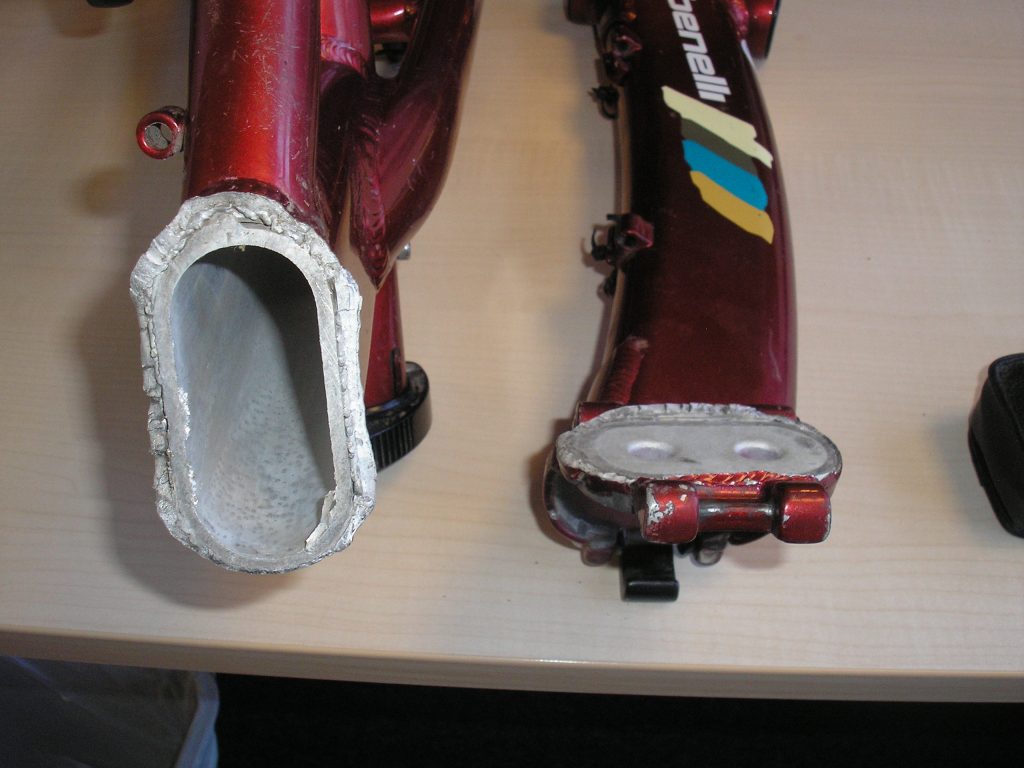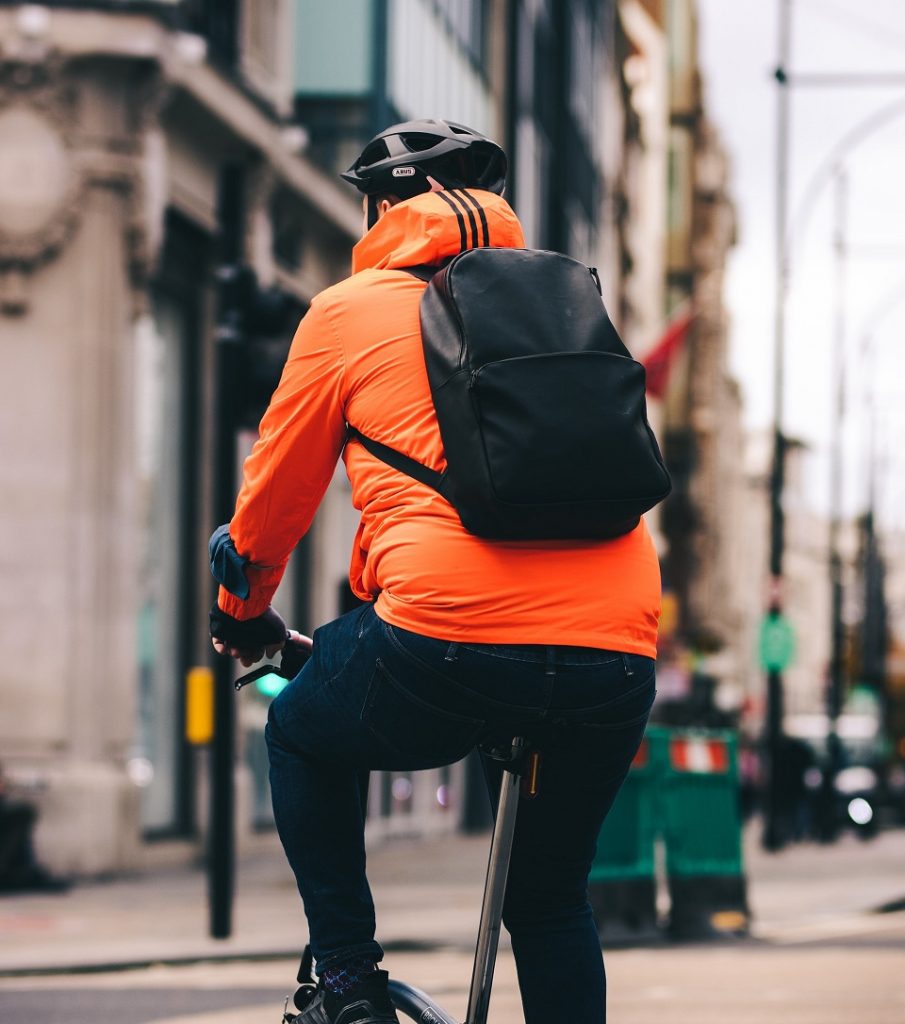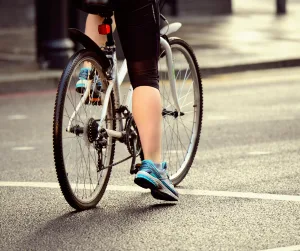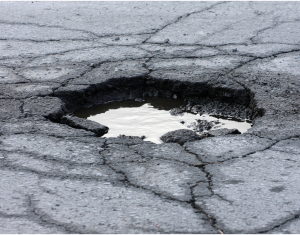Small wheeled folding bikes and e-bikes, a very useful and convenient accessory but with a significant risk of folding inconveniently and potentially painfully while in use.
The problem is the usual balance of weight against durability: we’re speaking here of the frames manufactured of light alloy which is clearly desirable in terms of portability and easy stowing.
Frames have been failing without warning adjacent to the central hinge located on the main tube. There’s very little can be done to check, save an x-ray of the weld although a very close and careful inspection of the area behind the hinge plate where it is welded to the rear part of the main tube might give some warning of imminent failure if there are any almost microscopic hairline flaws in the paint.
Analysis of failed units during the course of our investigations, has identified a process called fatigue crack nucleation which is caused by poorly controlled welds. A crack may initiate adjacent to one of the beads of weld particularly if the bead is sitting on, rather than in, the parent metal. This is known as poor penetration.
In addition to the stresses concentrated at this point, the regular movement ancillary to folding and clamping will hasten the process. The crack will creep around the circumference of the tube until a critical point is reached when there’s a final catastrophic failure. Instant two-part bike and immediate dismount.
Welding a thick plate to a thin tube is a difficult process because if sufficient heat is applied to penetrate the thicker parent metal the thinner one may simply collapse. Given the excellent conductivity of aluminium the heat may be leaving as fast as it’s entering. There are many variables in the welding process, so if these are not optimized a poorly penetrating weld (which is prone to failure) may result. That’s exactly what has occurred in the examples below, belonging to a client. The parent metal can be seen to be barely touched by the beads of weld which sit on it but have barely penetrated.















